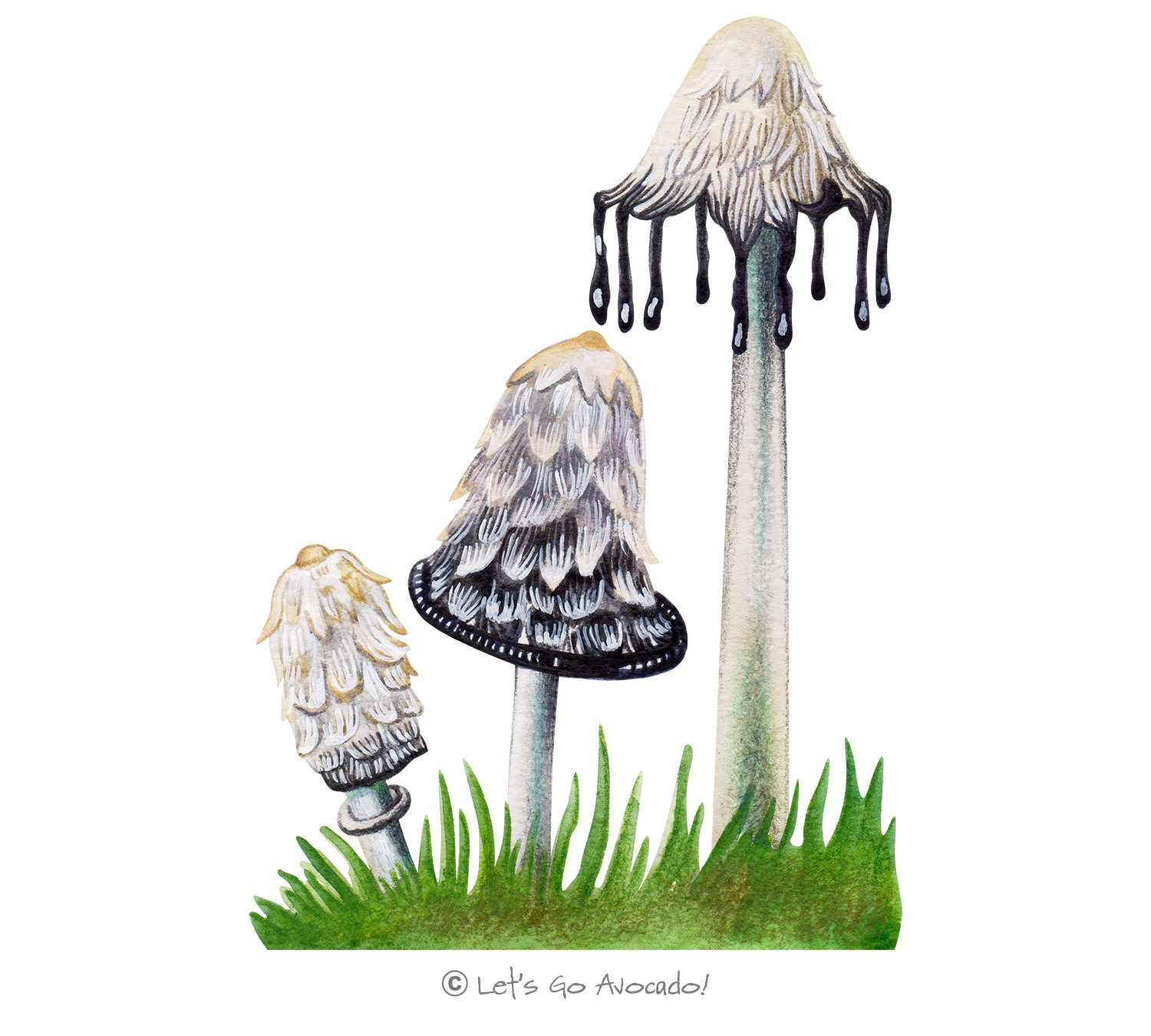

Shaggy Mane
Lawyer's Wig, Inky Cap
Coprinus comatus
This page may contain affiliate links.
Read our disclosure and privacy policy here.
The Shaggy Mane mushroom is a fascinating and easily recognizable fungi due to its tall, cylindrical shape and the characteristic “shaggy” appearance of its cap. As it matures, the cap liquefies in a process called deliquescence, creating a scene that’s unique among mushrooms.
Shaggy Mane
Common Name
Other Names
Latin Name
Distribution
Appearance
Size
Habitat
Diet
Lifecycle
Defense Mechanisms
Ecological Importance
ConservationThe act of protecting and preserving natural resources and the environment. Conservation efforts are important to protect beavers and their habitats. Learn More Status

There’s a lot to explore right where we are, in our own neighborhoods and backyards! Join us while we get off the couch and explore the everyday wonders of nature, science, space, engineering, art, and anything else we stumble upon during on our adventures.







